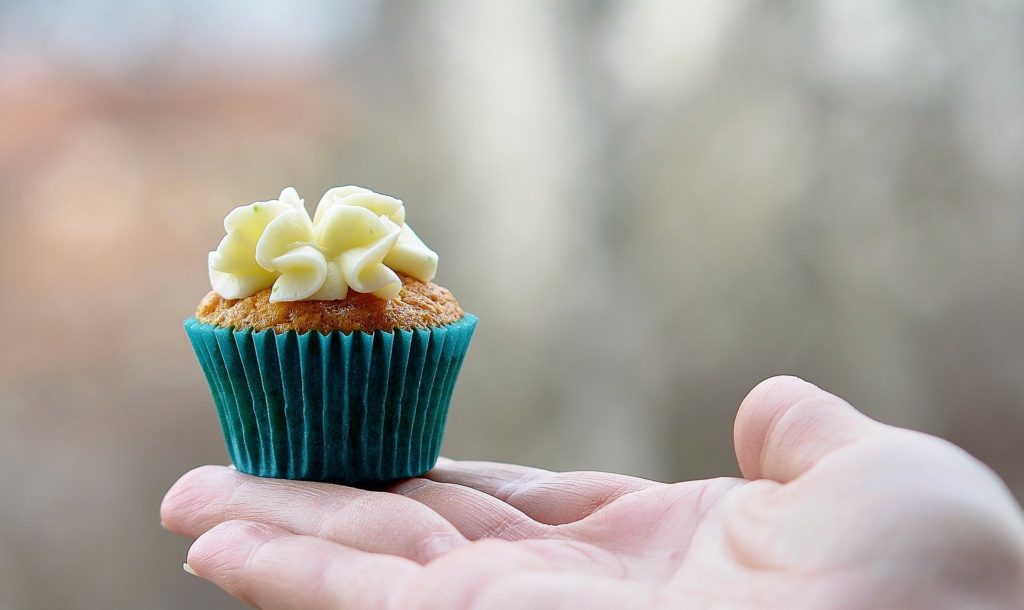How are calories counted?
by Ailsa Harvey · 13/06/2020
Discover the science behind food's energy values

(Image source: Pixabay)
Calories are a measure of energy and can be used to describe any fuel, from petrol to bread. One calorie is the amount of energy required to raise the temperature of one gram (0.035 ounces) of water by one degree Celsius (1.8 degrees Fahrenheit). Food labels often quote energy content in kilocalories (kcal), because food is so rich in energy that it makes more sense to label 1,000 calories at a time. This means a biscuit labelled as having ‘100 calories’ actually has 100,000 calories, and can raise the temperature of one kilogram (0.45 pounds) of water from freezing to boiling point.
The number of calories in any given item of food is calculated by measuring how much energy is released when a substance is burnt. Inside our bodies, molecular machinery is responsible for burning the fuel we eat, but in the lab, using a spark gives the same result.
The traditional method of calorie calculation is to put the food inside a sealed unit known as a bomb calorimeter. The food is surrounded by an atmosphere of oxygen to ensure it will burn well, and the container is then sealed and surrounded by a known volume of water. A spark ignites the food inside and allows it to burn until it is reduced to charcoal, releasing all of the energy contained inside. The energy is converted to heat, which in turn raises the temperature of the water. By measuring the water’s temperature change, you can then find out exactly how much energy has been released, and calculate the calories from there.
Today, many food manufacturers use a different system to create nutritional label; instead of burning the food item whole, they simply add up the calories of the different components, such as fats, carbohydrates and proteins.



(Images: Future PLC)
Empty calories

(Image source: Pixabay)
‘Empty calories’ is a term used by nutritionists to describe foods that have no nutritional value other than to provide energy, and the primary culprit is sugar. Added sugar adds calories and sweetness to our food, but in terms of nutritional value, there is no real benefit at all. As a species, we evolved to like the taste of naturally occurring sugars found in ripe fruits and berries, because these contained more calories than their unripe counterparts. These fruits also contain vital fibre, water and vitamins. Today we often add extra sugar to food for the taste alone, contributing a massive 15 kilocalories per teaspoon.
Calorie density
You might think you would feel full after a 200-kilocalorie snack, but your body knows when to stop eating not because you have taken in enough energy, but because stretch receptors in your stomach and chemical messengers sent to your brain signal that you are full.
Fat is the most calorie-dense type of food, containing around nine kilocalories per gram. Carbohydrate and protein contain around half the amount of kilocalories per gram, fibre containing around two kilocalories per gram, and water contains no calories at all.
For 200 kilocalories, you could have a small handful of salted nuts, half a blueberry muffin, a small bowl of cereal, three eggs, four apples, six slices of melon, or two entire heads of broccoli. By eating foods that contain lots of water and fibre, you can eat much larger quantities, and feel fuller, without taking in as many calories.
This article was originally published in How It Works issue 71
For more science and technology articles, pick up the latest copy of How It Works from all good retailers or from our website now. If you have a tablet or smartphone, you can also download the digital version onto your iOS or Android device. To make sure you never miss an issue of How It Works magazine, subscribe today!






